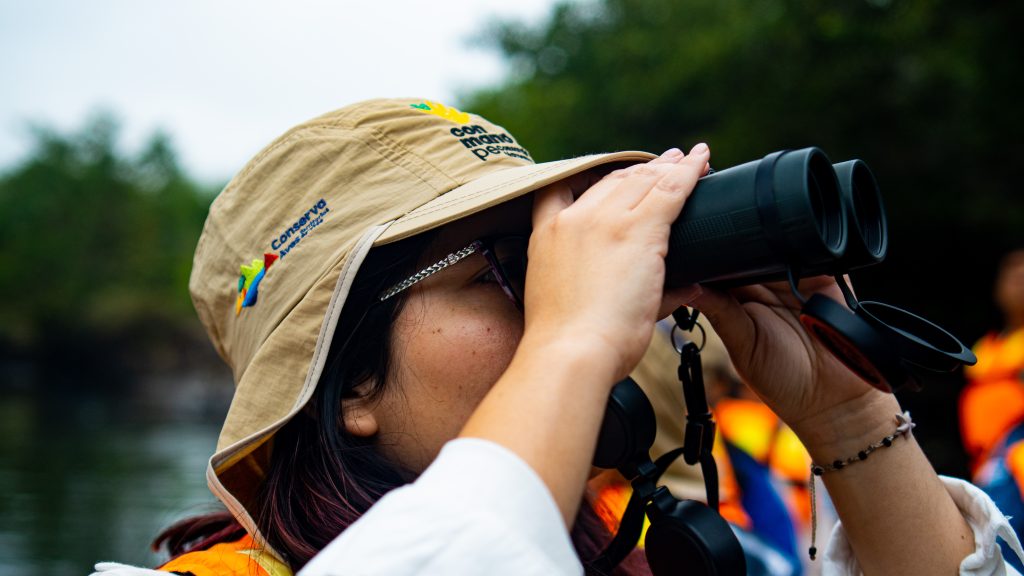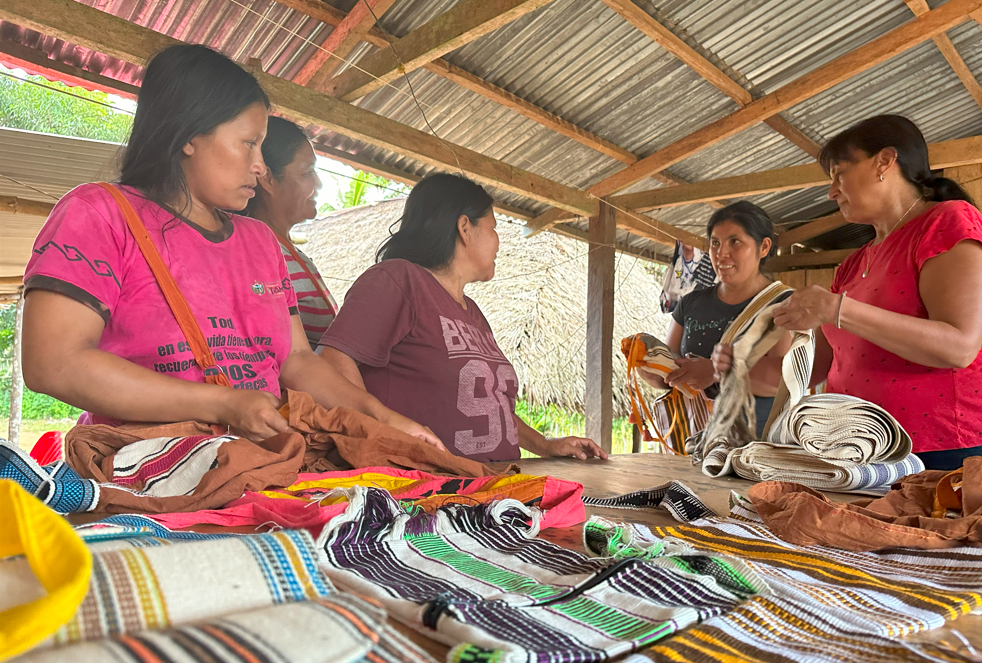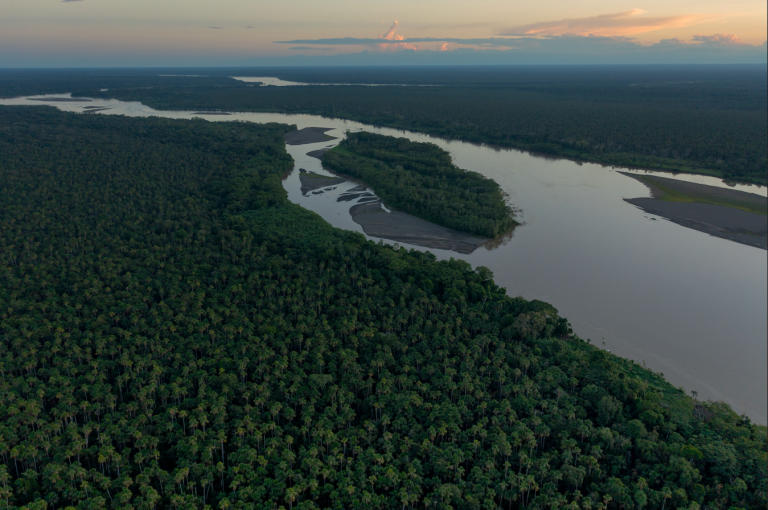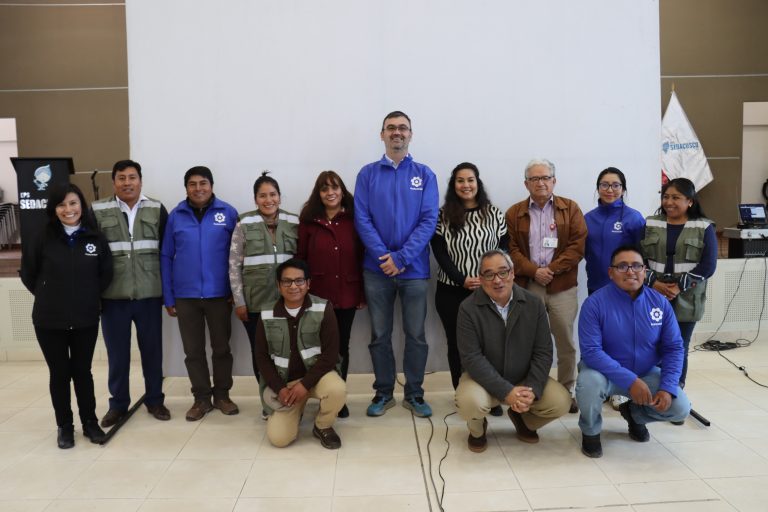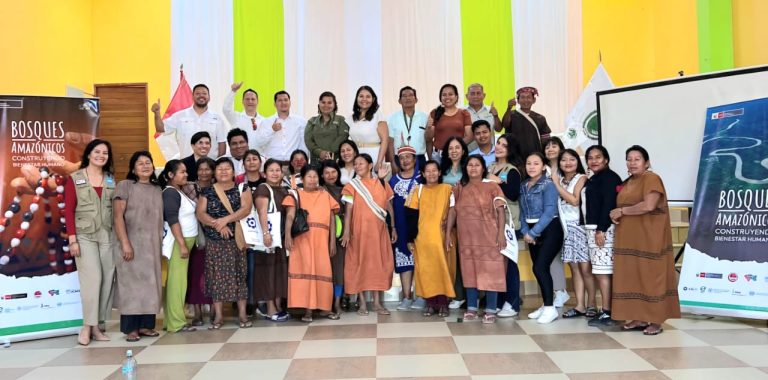Photo: Profonanpe
The Consorcio Manglares del Noroeste del Peru (CONMANOPE), with the leadership of the Regional Government of Tumbes, continues to advance with the project “Creation of the Regional Conservation Area (RCA) Manglares de Los Tumpis”. As part of this effort, systematic monitoring of birds and vegetation cover is being carried out, as well as blue carbon studies, which provide fundamental data for effective and sustainable management of the mangrove ecosystem. These advances are essential to consolidate a conservation area that benefits both the environment and local communities.
Bird and vegetation cover monitoring
Since January 2024, the project has conducted extensive monitoring of the relative abundance of key birds in the ecosystem, identifying 13 species prioritized according to the monitoring protocol. Among the species observed are Buteogallus subtilis (mangrove hawk), which has been prioritized by Conserva Aves, as it is categorized as threatened by the IUCN and has also been prioritized by the Tumbes National Mangrove Sanctuary; Eudocimus albus (ibis), which has a high presence in Estero La Culebra and El Venado beach, is a species that plays an essential role in the nutrient dynamics of the mangrove and is one of the most abundant birds in the monitoring area; and Setophaga petechia, a migratory and resident bird that is an indicator of the health of the mangrove forests, whose conservation contributes to maintaining biodiversity in the area.
In a complementary manner, a monitoring of the vegetation cover of the mangrove ecosystem is being developed with the objective of determining and quantifying the composition and structure of the flora. This process includes the zoning of the ecosystem according to forest types (mangrove and dry forest) and the use of satellite images and vegetation cover maps at a scale of 1/10,000 to design sampling strategies. Permanent sampling plots have also been established, where a flora inventory is being carried out, collecting and identifying key species and evaluating their diversity and structure.
In addition, the Importance Value Index (IVI) is being calculated to determine the frequency, density and abundance of tree and shrub species in these plots. This diagnosis will make it possible to identify conservation targets and indicator species of environmental change or contamination, facilitating planning for the creation of the RCA and its sustainable management.
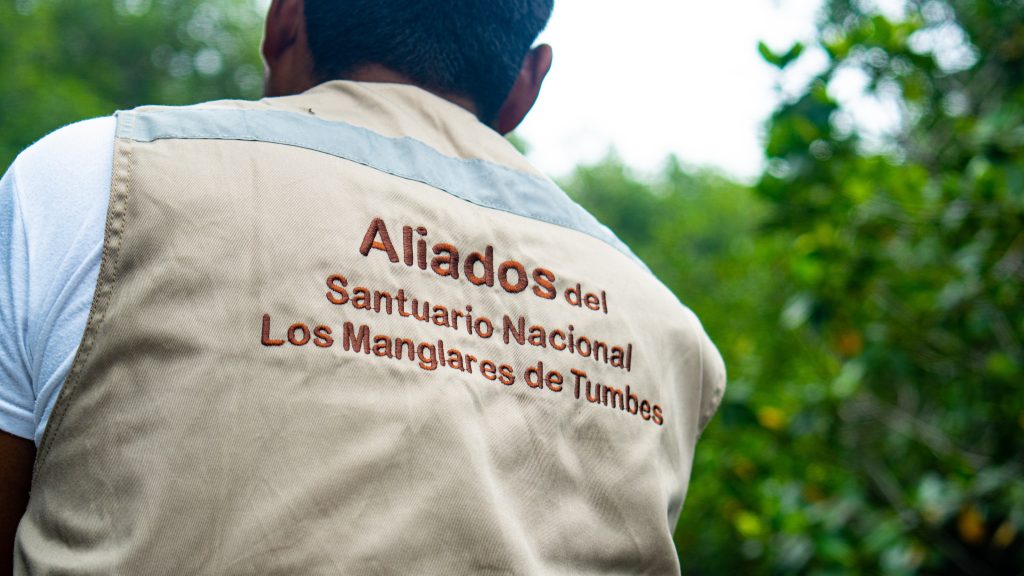
Photo: Profonanpe
Blue Carbon: A Strategy for Climate Change Mitigation
The project also addresses the estimation of blue carbon, a crucial aspect of climate change mitigation. Studies are being carried out to determine the blue carbon accumulated in the mangroves of Tumbes, which will provide data on the capacity of this ecosystem to act as a carbon sink. This analysis is essential to strengthen climate change mitigation efforts both locally and globally, as well as a mechanism for the financial sustainability of the RCA proposal.
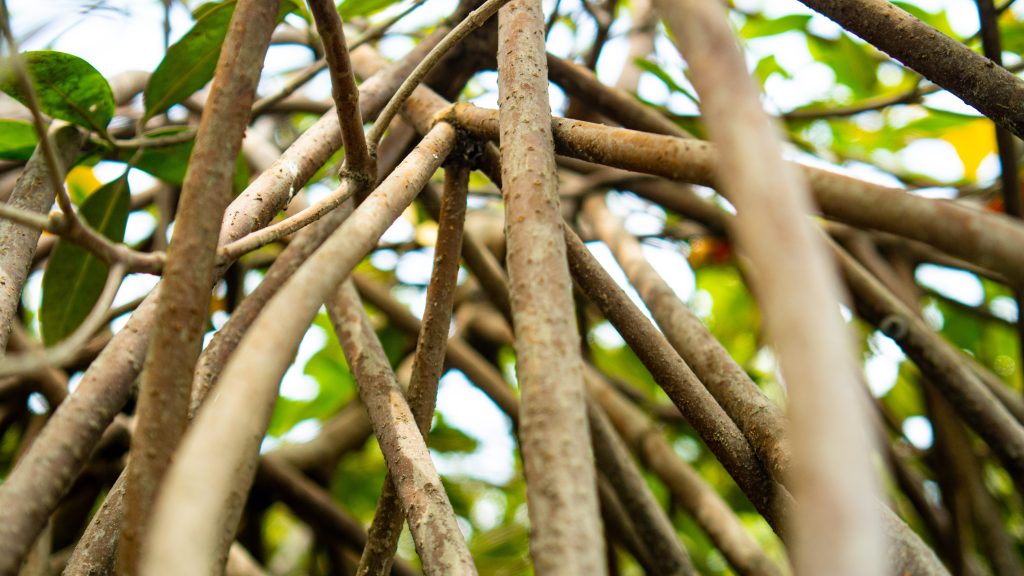
Photo: Profonanpe
Significant Progress
Through funding from Conserva Aves, this project has made substantial progress by working together with local communities. The fishermen’s and artisanal extractors’ associations play a key role in the governance and sustainability of the ecosystem, actively participating in monitoring the relative abundance of priority bird species and in controlling vegetation cover. These activities provide data that guide the protection of threatened species and the structure of the mangrove ecosystem. In addition, the study of blue carbon in the mangroves of Tumbes is generating valuable information on the capacity of these ecosystems to capture and store carbon, contributing to climate change mitigation efforts. This information not only highlights the environmental value of the area, but also reinforces the proposed financial sustainability and long-term conservation projection.
As next steps, monitoring of flora and fauna in the mangroves of Tumbes will continue with the objective of consolidating a comprehensive database that will allow detailed planning. With all the information gathered, we hope to achieve the consolidation of the Conservation Area, ensuring the preservation of biodiversity and ecosystem services for the well-being of local communities.
About Conserva Aves
Conserva Aves is the protection of territories of life. It is an innovative, bold and visionary initiative for effective nature conservation. Thanks to its versatile and dynamic essence, it adapts to each territory to guarantee the creation and sustainable management of subnational protected areas that safeguard threatened endemic and migratory birds and their habitats throughout Latin America and the Caribbean.
Conserve Birds is an inclusive strategy for conservation and the fight against climate change, for the benefit of birds, biodiversity, and present and future generations. In Peru, this mission is carried out by the Fund for the Promotion of Peru’s Protected Natural Areas (Fondo de Promoción de las Áreas Naturales Protegidas del Perú- Profonanpe), an entity specialized in raising and managing financial resources for the implementation of biodiversity conservation programs and projects, and ECOAN, a non-profit NGO dedicated to the conservation of endangered species and threatened Andean ecosystems.
Contact
José Otivo Barreto
Responsible for the Conserva Aves project at CONMANOPE
otivobar@gmail.com


